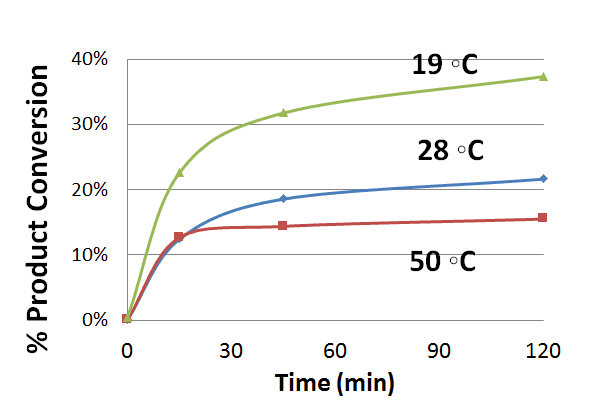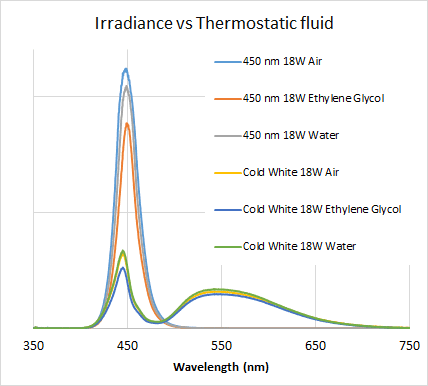The EvoluChem PhotoRedOx Box TC™ (Temperature Controlled) is the chemist’s choice for a temperature controlled photoreactor that provides the flexibility and precision of the PhotoRedOx Box™.
This temperature controlled photoreactor (US Patent #10,906,022) enables photo-catalytic reactions at controlled temperatures between 0°C to 80°C. The design is based on our original PhotoRedOx Box™ which features a unique reaction chamber geometry that directs light throughout the chamber, allowing the performance of multiple reaction conditions simultaneously (between 2 and 32 depending on the reaction vial sizes). However, with the aluminum-based, waterproof PhotoRedOx TC™, it is possible to heat and cool the reaction medium using a thermostatic fluid (such as water or ethylene glycol) that recirculates through a standard chiller/heater unit.

Features
-
- Photochemistry chamber to evenly distribute light
- Fits many light sources (EvoluChem 18W or Kessil blue 34W)
- Flexible format vials (from 0.3 ml to 20 ml)
- Photochemistry chamber to evenly distribute light
- External recirculator needed to heat or chill reaction vessel
- Flow reactor available
- Magnetic stirring on standard stirring plate
- For added efficiencies, check out thePhotoRedOx Flow Reactor Accessory
PhotoRedOx Box TC™ Schematic

Featured Heater/Chiller Unit
Julabo Corio 200F
While most common chiller/heater units can be used with the PhotoRedOx Box TC™,for USA/Canada clients we can offer the Julabo Corio 200F unit which works perfectly with our instrument.
Please contact us for more information.
Light Temperature Effect on Conversion

Experimental Details:
Reaction performed in Evoluchem PhotoRedOx Box TC™ bath with circulating polyethylene glycol/water bath and an EvoluChem 18W 6200K white light for 2 hr. Reaction contains 50 μmol substrate, 1.5 equiv. RBF3K, 2 equiv. K2S2O8, 5 equiv. TFA and 2 mol% Ir(dF-CF3-ppy)2(dtbpy) in 0.5 ml DMSO.

Light transmission in fluids:
We investigated the possible influence of liquids on the light transmission. Water or ethylene glycol do not affect photoredox experiments.

